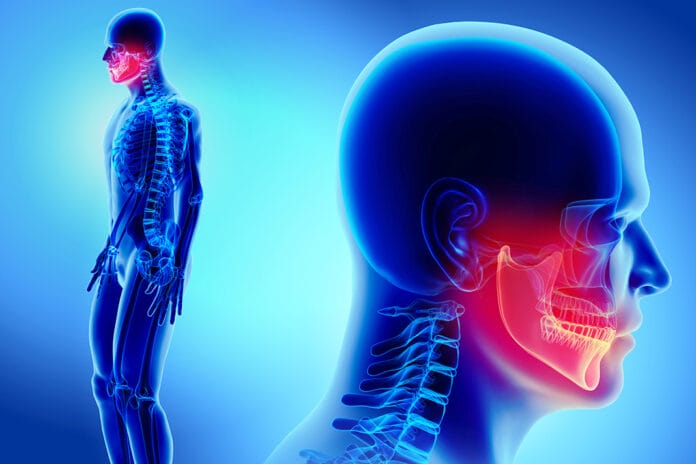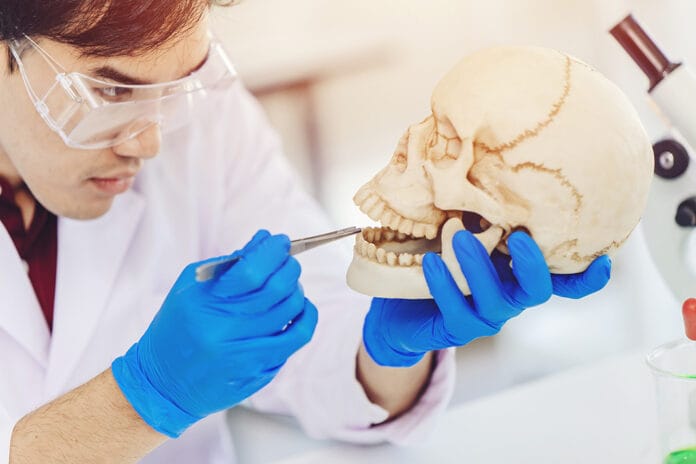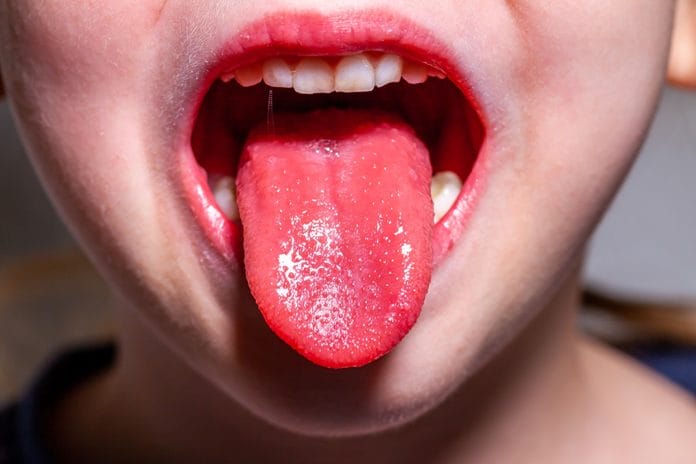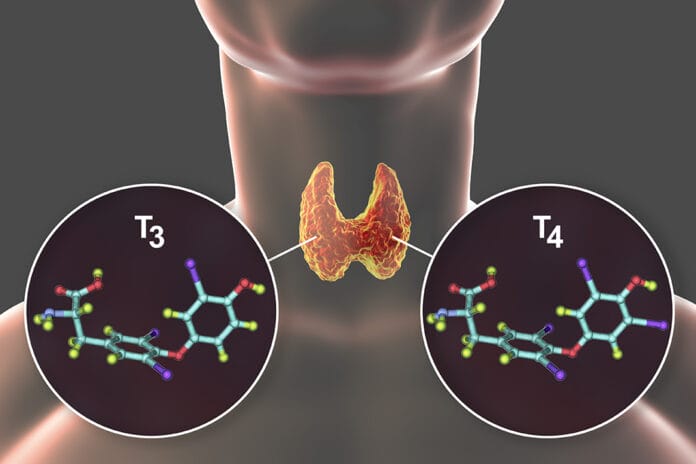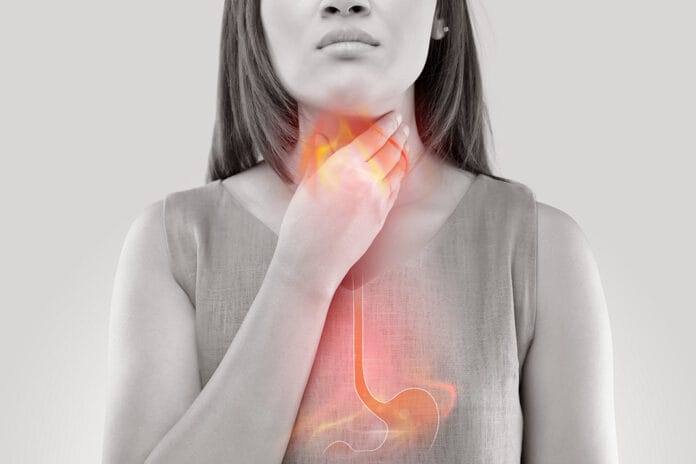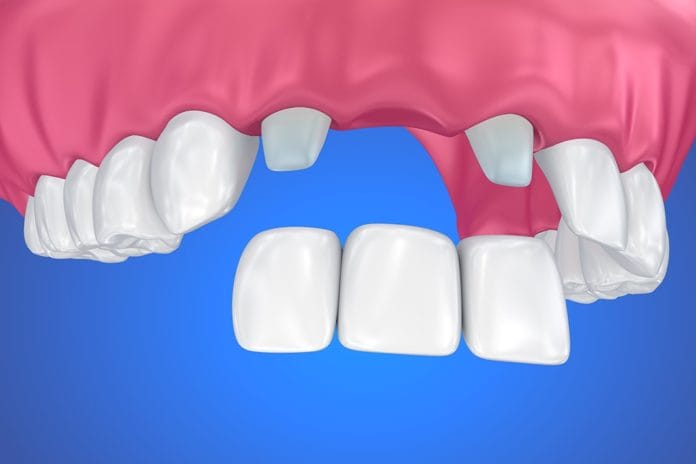Lara James, RDH
“Osteo” Conditions Overview and Oral Health Implications
With health conditions becoming more complex, the dental hygienist's review of health histories has become more confusing. Many conditions sound and seem the same...
An Overview of Amalgam Tattoos for the Dental Hygienist
Amalgam tattoos are isolated pigmentations commonly found on the oral mucosa, gingiva, palate, tongue, and buccal and alveolar mucosa. They develop from tiny metal...
Mutual Respect: Avoid Referring to Dental Colleagues as ‘Just a …’
After graduating from the dental hygiene program, I temped for about a year since I had no previous dental experience. I also wanted to...
Scalene Muscles: Poor Working Posture Can Lead to Pain in Hygienists
The scalene muscles can either be a dental hygienist's friend or nemesis. When the muscles are healthy, they keep the neck positioned correctly, tilt...
Cold, Flu, and Sinus Infections: Dental Care while Sick with Viruses
It's that time of year when patients and dental professionals are more vulnerable to getting sick from the seasonal flu or common cold. Many...
Unique Features of the Mouth that Help Forensic Investigators
The mouth is one of the most unique features of the body ‒ most valuable in the basic survival of speaking and eating. The...
Strawberry Tongue: Systemic Health Influences This Oral Health Condition
Strawberry tongue, which is also called raspberry tongue, is described as a red tongue that is bumpy, swollen, and, in some cases, enlarged. The...
Metabolic Syndrome: Multiple Health Conditions Influence Path of Dental Care
Metabolic syndrome represents multiple conditions that have risk factors for cardiovascular disease. The term is not for a solo disease but rather a group...
Thyroid Medications: Impact of Drugs from the Dental Professional’s Perspective
The thyroid secretes certain hormones that are active participants in different systems of the body. The thyroid affects many parts of the body, including...
Galvanized Shock: Some Dental Patients Can Still Experience a Shocker
Galvanized shock, which is also referred to as oral galvanism, oral electricity, electrogalvanism, or galvanic currents (and even called "battery mouth") is a distinct,...
Dental Erosion: Is It Heartburn, Acid Reflux, or GERD?
Heartburn, acid reflux, and GERD are often used reciprocally as they are stages of each other. The initial signs of any digestive issue may...
A Deep Dive into Core Muscles: The Foundation of Hygienist Ergonomics
The core, a group of midsection body muscles, is essential to strengthen and maintain for overall health. The back is one of the most...
Burning Mouth Syndrome: A Review for Dental Hygienists
Burning mouth syndrome is a benign condition affecting about 2% of the population.1 Women are about seven times more susceptible to this condition than...
Ethical Dilemma: Trying to Encourage Patient to Seek a Second Opinion
Recently, I was in a situation where I thought I needed to be more of an advocate for the patient than agree with the...
A Look at Pontic to Natural Tooth Bridges
A pontic to natural tooth bridge is when an anterior tooth is extracted and then used as the replacement tooth. The compromised tooth may...
Dental Career Longevity: Healthy Immune System for Healthy Job Performance
The immune system is essential as it is a complex network of cells and proteins that defend the body against infections. Other parts of...
Barodontalgia: How Pressure Changes can Cause “Tooth Squeeze” Pain
Barodontalgia, also known as “tooth squeeze,” is pain in the tooth region after a pressure change. The name reflects the condition – “baro” means...
Tunnel Syndromes: Dental Hygienists can Seek Treatment for Occupational Injuries
Tunnel syndromes are comparable in symptoms yet are very distinguishable in their characteristics. Many symptoms overlap with numbness and pain, but the locations are...
Tooth Staining: Awareness of Oral Health Effects of Tetracycline and Minocycline
Tetracycline and minocycline are common antibiotics used medically for infections and inflammation. While useful for medical reasons, dental professionals know it more for internal...
Jaw Pain: Evaluating the Severity of Injuries from Dental Treatment
Jaw sprain is a common event yet is commonly underreported or misdiagnosed. The jaw is one of the most used joints in the human...

